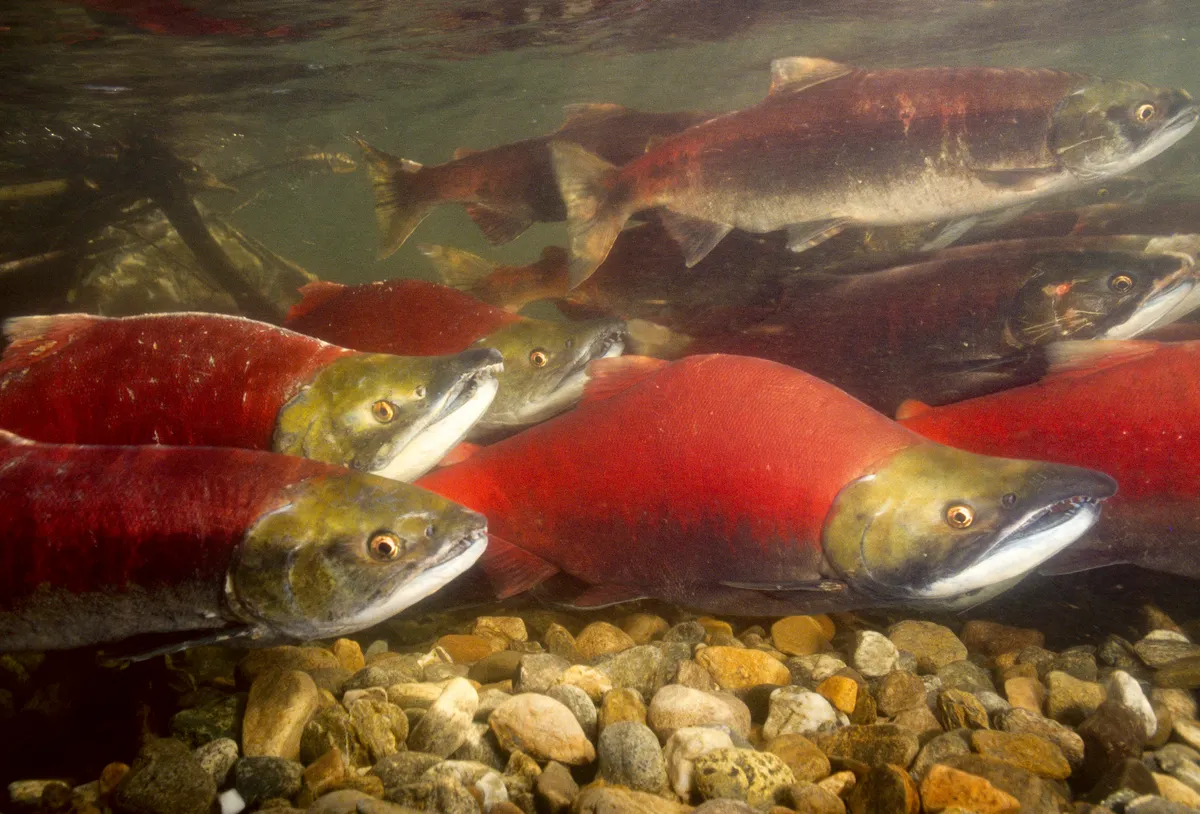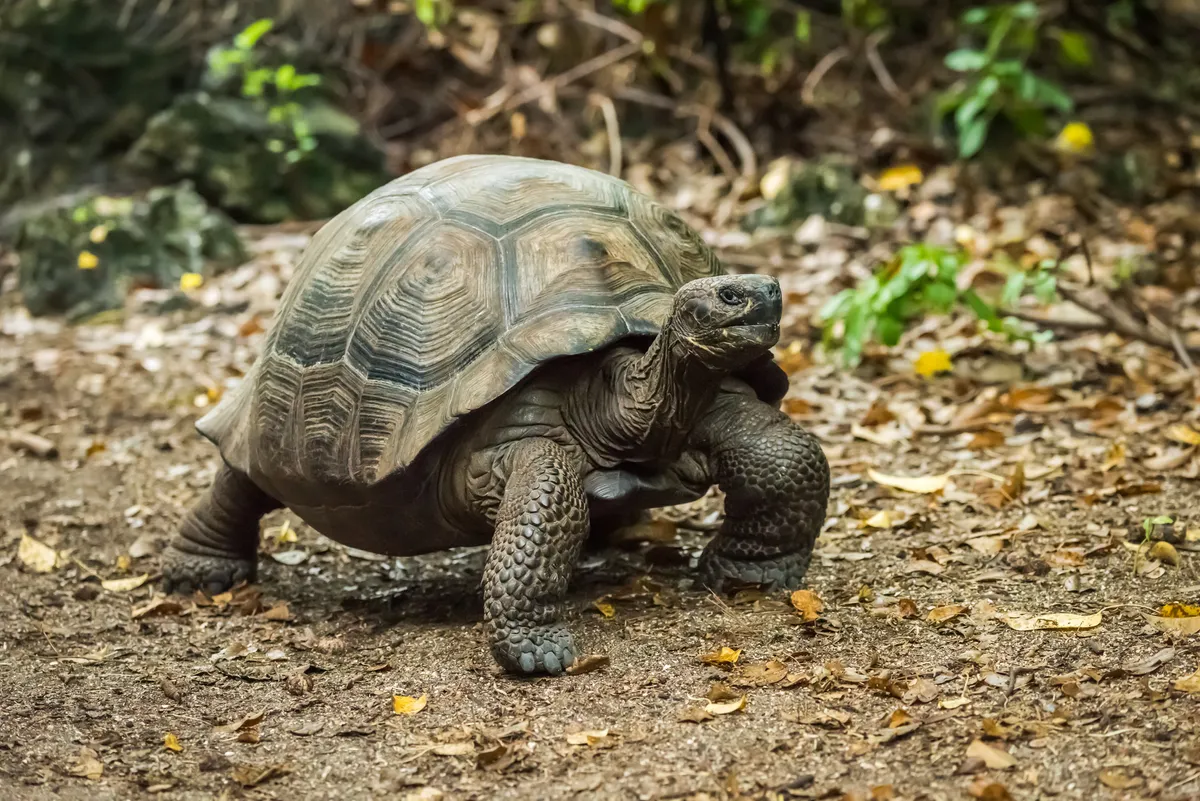Why do we die? Apart from extrinsic causes of mortality, such as accidents, infectious diseases or predators in our environment, there’s also what we call ‘death by natural causes’: intrinsic mortality from growing old, frail and eventually dying.
But while that process may seem inevitable, many species show no signs of ageing and some living things never truly die.
What causes us to grow old?
Wear and tear, which is ultimately caused by damage inside cells. Oxygen ‘free radicals’ can leak out of mitochondria (a complex cell’s power stations) and react with other molecules, for instance, and telomeres – caps that protect the ends of DNA from losing genes – get worn-away as cells divide.
Such damage leads to the gradual failure of physiological function and we see this as senescence, or physical ageing.
All organisms fix cellular damage, but some can repair to the extent that they show little to no signs of ageing – they exhibit ‘negligible senescence’.
That includes about 93 per cent of flowering plants, and species such as naked mole rats, which have discovered eternal youth... despite looking old and wrinkly!
Can any organisms live forever?
Yes, but it depends how you define an individual. When a bacterium divides, both offspring are formed from a parent that never actually died! Such asexual reproduction creates an unbroken line of clones with biological immortality.
Similarly, a multicellular organism that reproduces through sex has ‘somatic’ cells that form the parent plus ‘germline’ cells (eggs or sperm) for offspring. With distinct generations, the parent’s body is disposable and the germline is immortal.
If you don’t think cloning or germlines count as immortality, individual Hydra (relatives of jellyfish) regenerate body parts and potentially live forever.
Why has ageing evolved anyway?
It’s a puzzle! If survival of the fittest favours individuals who survive long enough to reproduce, why not keep living and reproducing indefinitely? According to evolutionary theory, it’s because natural selection is strong when there are many individuals but it’s weak when there are few.
The strength of selection also declines with age: younger, fitter prey are at less risk of being ‘selected’ by a predator – an agent of extrinsic mortality – after it’s eaten older, less fit prey, for instance.
Nature can’t eliminate a mutation or ‘ageing gene’ if its effects materialise after a parent has passed the gene to offspring. Over time, that lets mutations accumulate and cause ageing in a species.
Moreover, if a gene has antagonistic effects, meaning it’s helpful in early life but harmful later on – such as promoting cell division when you’re young but allowing cancer (uncontrolled division) later – then, if it improves fitness, nature may favour that gene.
You may also like:
What determines life expectancy?
Each species has a characteristic lifespan that’s a legacy of how evolution has shaped its ‘life history’ – the strategy that dictates when individuals should grow, survive or reproduce. Pacific salmon live fast and die young upon reaching sexual maturity, for example, but other species might need to mate throughout their lifetime.

Life histories are influenced by limited resources, such as food, leading to trade-offs between longevity and fecundity (number of offspring).
A trade-off might involve spending energy on repairing the body – to limit ageing – versus investing in reproductive cells. As famously shown in experiments with fruit flies, artificially delaying reproduction prompts animals to live longer.
Which species live the longest?
At about 4,600 years, the oldest-known individual organism is a bristlecone pine tree named after the Bible’s longest-lived man, Methuselah. The record-holder among vertebrates is a Greenland shark aged 392.

At about 4,600 years, the oldest-known individual organism is a bristlecone pine tree named after the Bible’s longest-lived man, Methuselah. The record-holder among vertebrates is a Greenland shark aged 392.
Long-lived species have a few features in common, including armour (such as a shell) or size that may deter predators, plus slow metabolism: the Galápagos giant tortoise lives over 100 years, has negligible senescence and a resting heart rate of six beats per minute. When it comes to ageing, maybe slow and steady wins the race?
